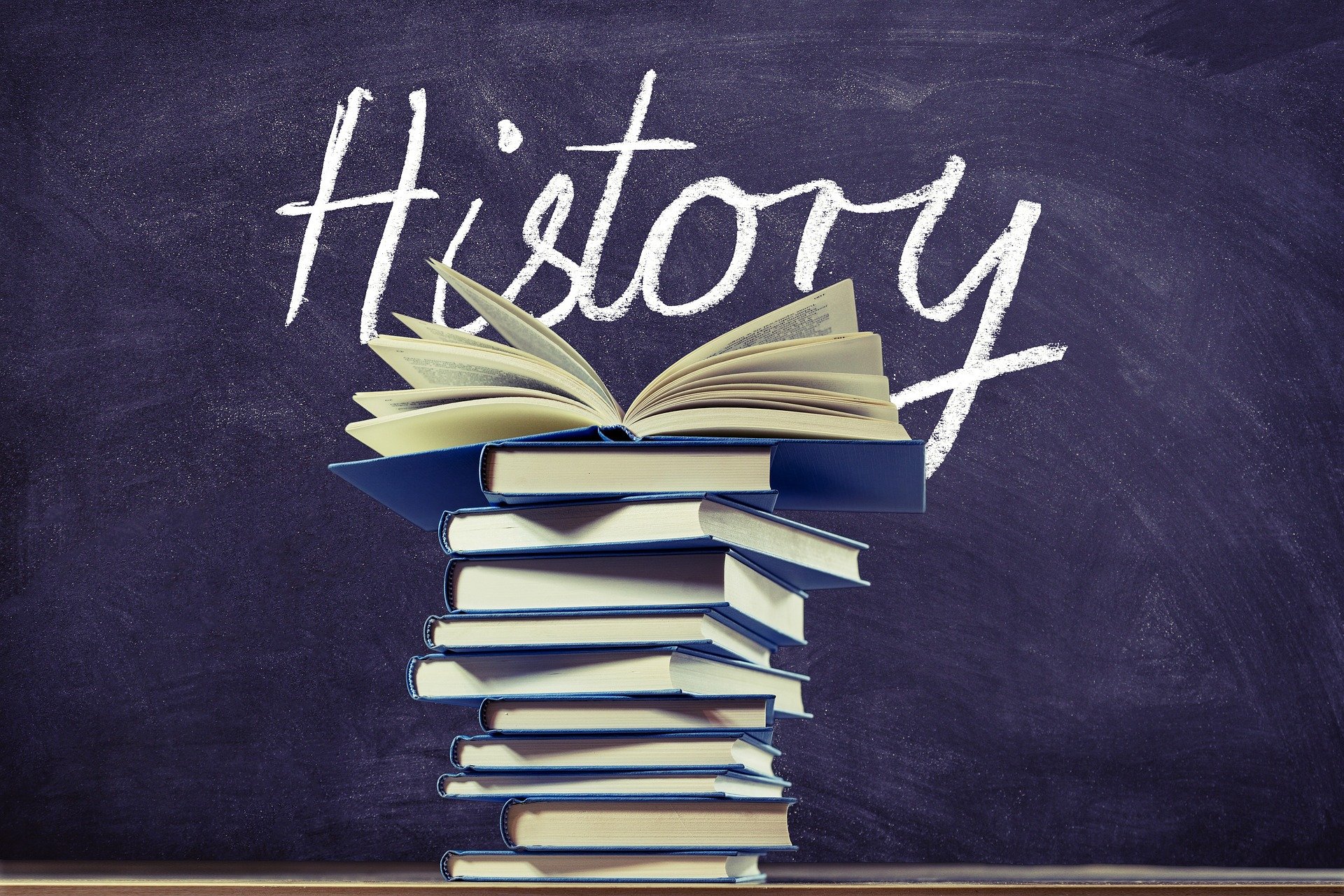Connecting the Past with the Present: The Incredible Power of Historical Fiction
At History Through Fiction, we believe that stories about the past have value beyond their ability to entertain readers—especially those based on real events and people. History, told through fiction, can not only grab a reader’s imagination, but their interest. And, through well-developed characters and a carefully crafted plot, fiction humanizes the past while instilling in readers a sense of empathy. Finally, when added to previous knowledge and used alongside other educational tools, historical fiction can help readers, young and old, connect the past to the present in a way that creates understanding and compassion for the complicated nature of the world today.
In a recent article published by The Reading Teacher Journal, Dr. Rachelle Kuehl advocates using historical fiction in conjunction with contemporary fiction to teach young readers about history and its connection to the present. Titled Through Lines: Exploring Past/Present Connections in Middle Grade Novels, Dr. Kuehl argues that pairing historical fiction with contemporary fiction allows readers to more easily draw connections with the past and present. Fiction, she argues, elicits empathy which, when added to critical examination, helps readers see how events in the past have ramifications for today (e.g., race-based restrictions on property ownership during the Jim Crow era contributing to present-day high rates of poverty among Black families in the rural south).
So, while reading historical fiction can certainly be engaging and fun, it can also be an important tool for learning—both inherently and subjectively. At History Through Fiction, our goal is to teach those lessons inherently, but our books, and others like them, can easily extend to the realm of subjective learning. This is something Dr. Kuehl calls critical literacy which, essentially, is the careful examination of a text. Whether reflecting on the story and its characters, or carrying-out guided assignments and discussion, critical literacy is a way to fully understand the events presented in any text and what those events mean for us today. This, we believe, is absolutely invaluable.
It has been said that historical fiction brings history to life. But the takeaways from this ‘real to life’ feel can only go as far as the reader’s ability to analyze and deconstruct the context in which a historical narrative is told—who wrote it, when, and why? This is why we believe an author’s note is vital to a historical novel. It provides transparency and gives the reader a much broader perspective from which to understand the narrative and the history within it. But, for those looking to teach history by using historical fiction, we agree with Dr. Kuehl’s statement that “merely sharing stories is not enough; rather, teachers must empower students with ‘the ability to question signs and meanings embedded in texts’ so they can subvert ‘the dominant messages they are expected to receive.’” For this reason, Dr. Kuehl shares several teaching tools in addition to the novel pairings in her essay. Those teaching tools are listed below:
Artifact Add-On - This asks students to select and share real-life objects that illustrate concepts and ideas from the central text (https://www.learningforjustice.org/classroom-resources/teaching-strategies/community-inquiry).
Opinionnaire - This is done by asking students to write down their opinion about a certain topic before reading a text and then revisiting their opinion after. (example - https://www.learningforjustice.org/magazine/spring-2011/ten-myths-about-immigration)
Persuasive Letter Writing - This asks students to write a letter to a government organization or advocacy group about key issues raised through the reading of a text. This demonstrates critical literacy in action.
Dialogue Journaling - This asks students to write letters based on their thoughts and questions on a text back-and-forth with their teachers. This helps students dig deeper into the narrative as they read.
Whether you are a student, teacher, or casual reader, historical fiction is a powerful tool to help understand history. It humanizes people in a way nonfiction cannot. But this can only go as far as a reader’s desire and ability to think critically about the past and its influence on our present moment. Ultimately, we encourage readers to pick up books by History Through Fiction because they are imaginative, engaging, and enjoyable stories. After turning that last page, though, we encourage readers to think deeply about what that history means and to use the tools available to them to find out more about the narratives they love.
About the Author
Colin Mustful is the founder and editor of History Through Fiction. As a traditional publisher, he works with authors who want to share important historical stories with the world. He is also an independent author and historian who has published four historical novels. He has a Master or Arts degree in history and a Master of Fine Arts degree in creative writing. Mustful is an avid runner and soccer player who lives in Minneapolis, Minnesota. He believes that learning history is vital to understanding our world today and finding just, long-lasting solutions for the future.


